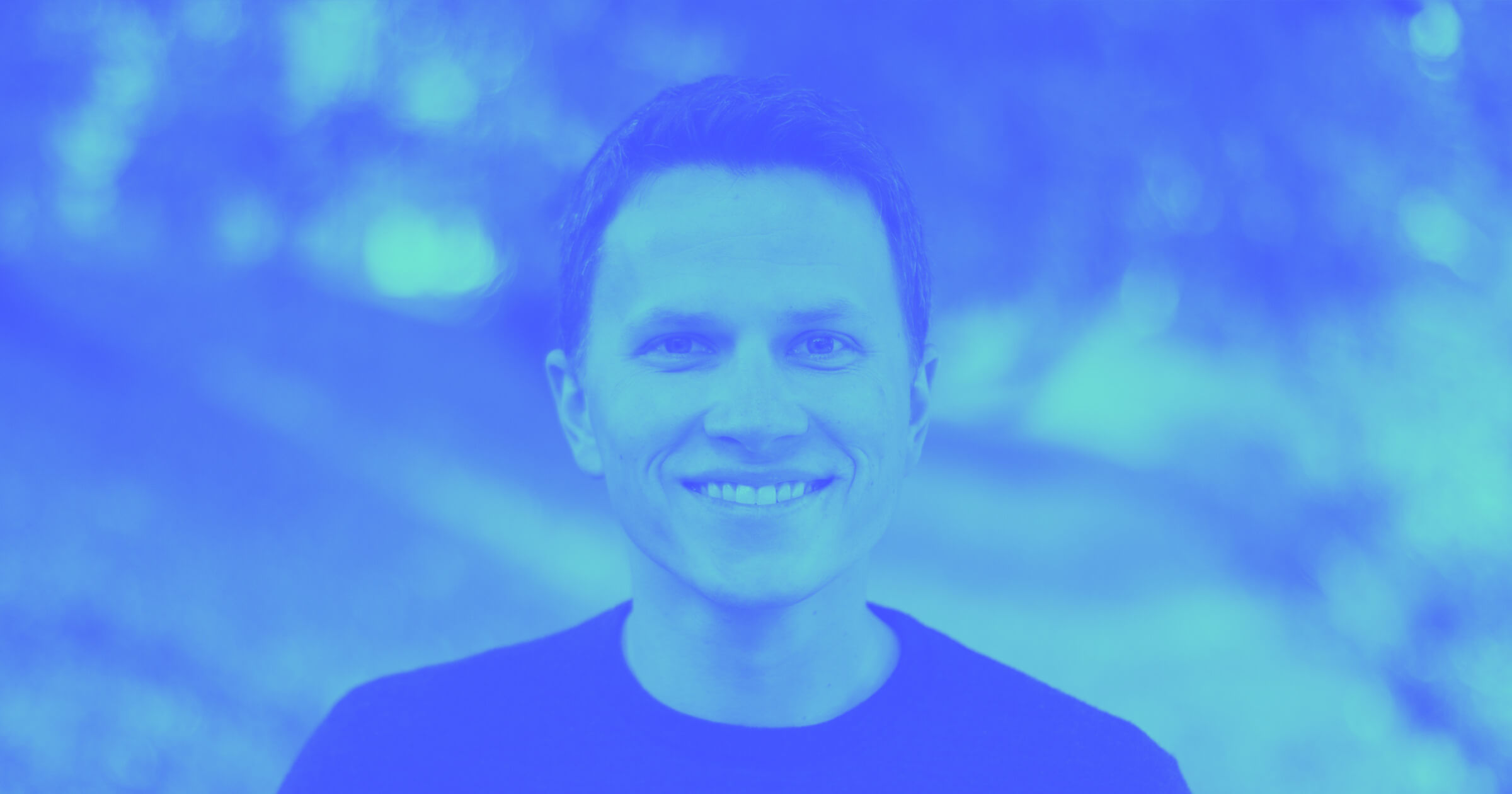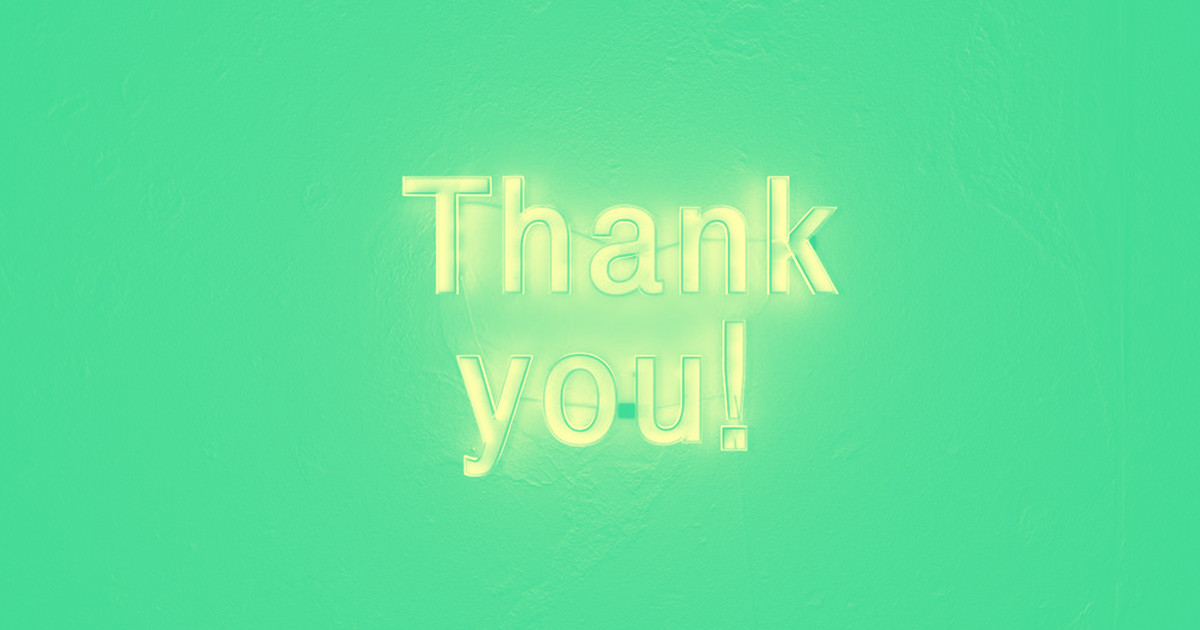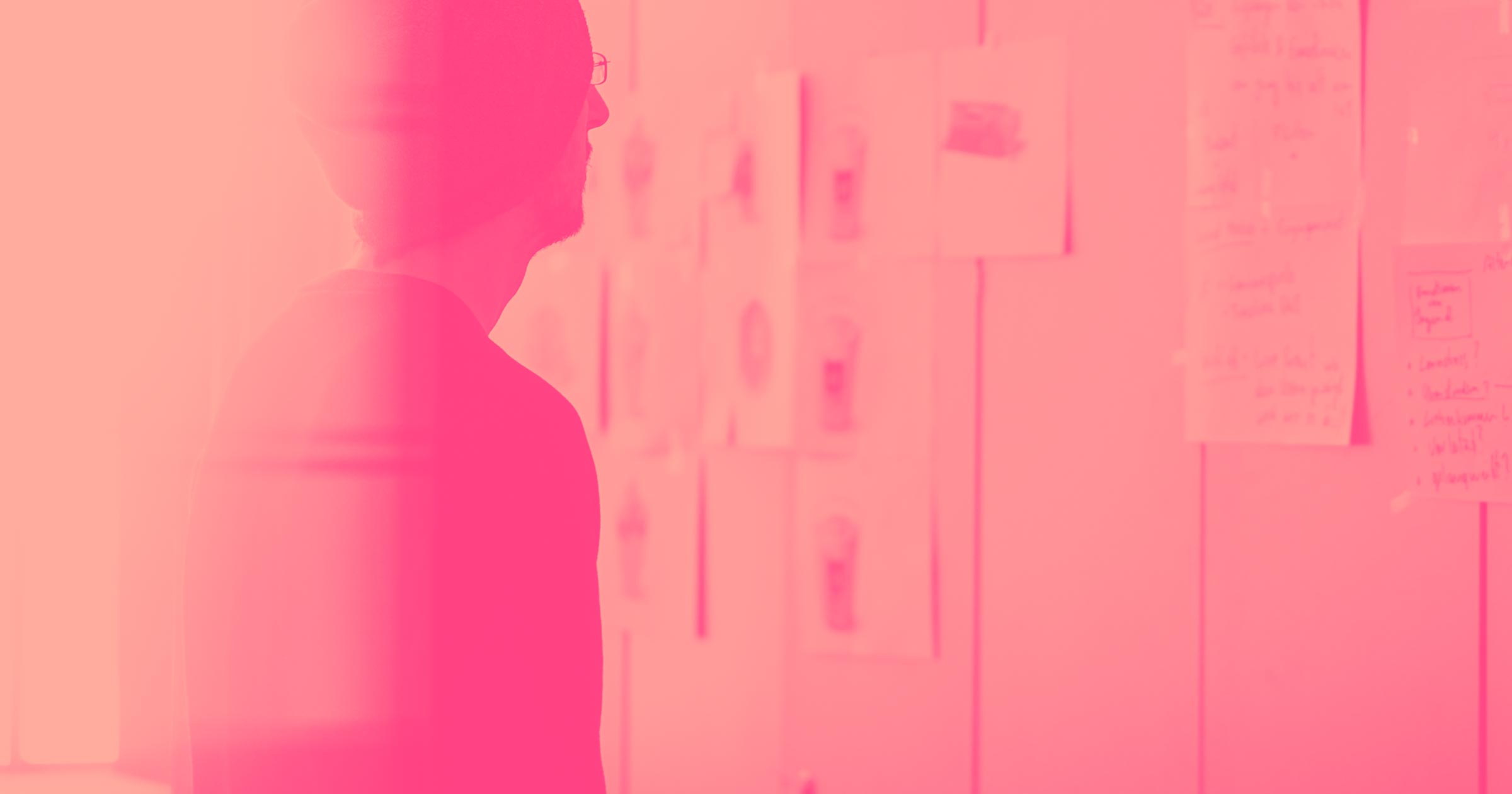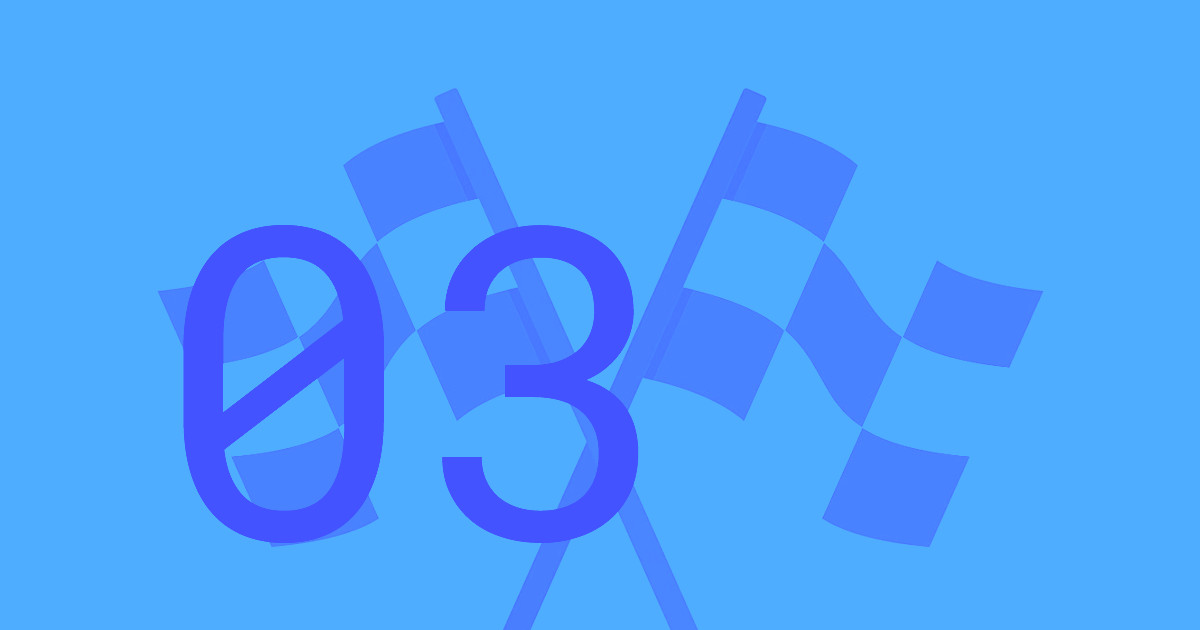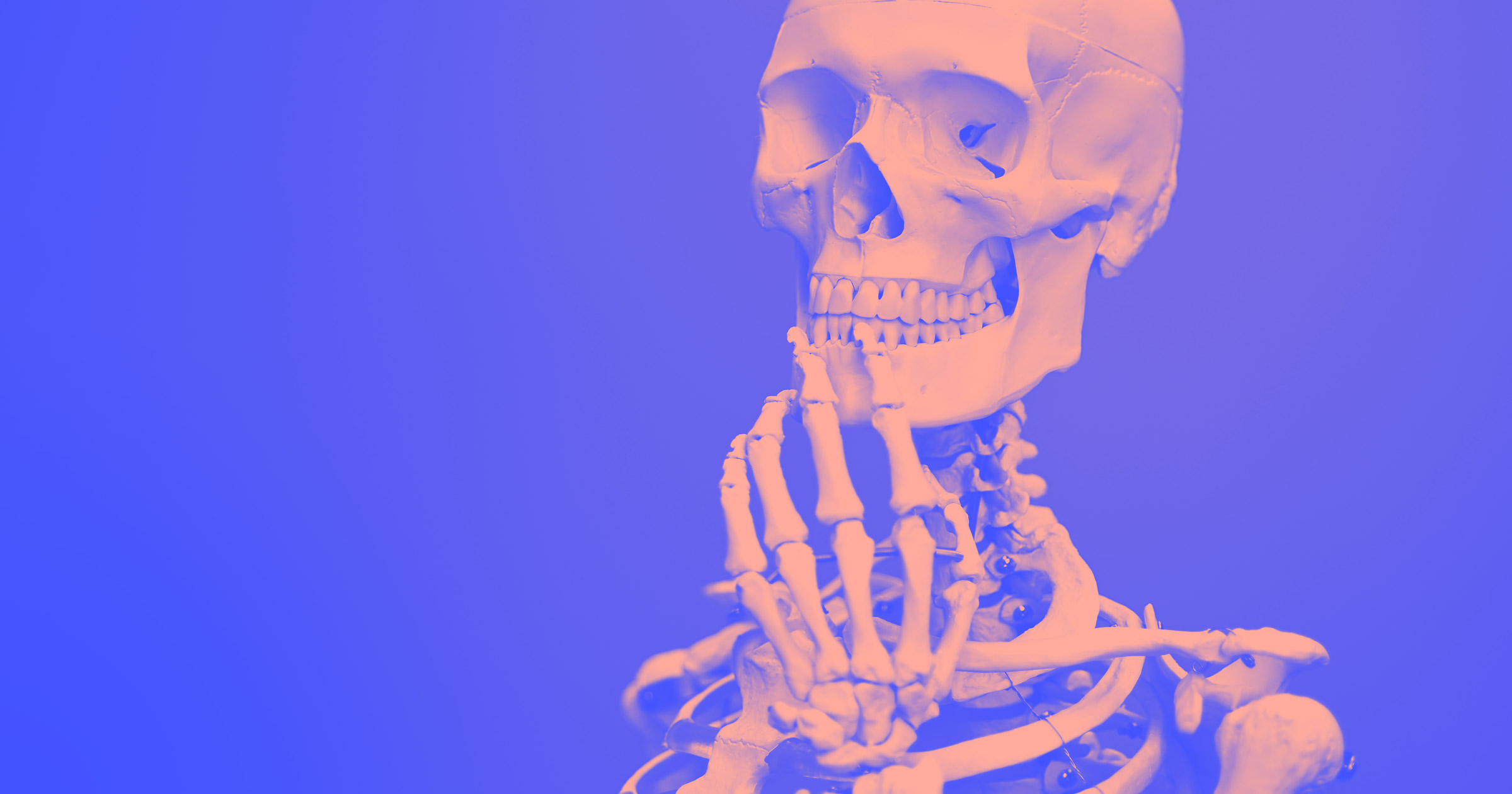This week, we launched The Freelancer’s Journey: a free, comprehensive course about how to succeed as a freelance web designer. To better understand how our new course course fits into the larger mission of Webflow, we sat down with Webflow’s CEO, Vlad Magdalin, who shares his own journey as a freelance web designer and developer.
The Freelancer’s Journey begins before the work itself — getting clients, pricing your work, saying “no” to free work, and preparing for meetings with potential clients. Once we set the foundation for getting the kind of work you want to do as a freelancer (and making sure you’re paid for that work), the course dives into the ins and outs of a successful web design project.
Vlad Magdalin has firsthand experience with the highs and lows of a freelancer. In this interview, he reflects on both and why his own freelance journey has him excited about Webflow University's newest course.
Prefer to watch?
We've got you...
Now, let's see what Vlad has to say about his Webflow journey.
How did you get started as a freelancer?
I needed money and I had some skills designing business cards and calendars, which was actually my first job out of high school.
I started advertising myself as a graphic designer and found some clients. Many of them were connections I had from the print shop where I used to work and it was truly an exercise in humiliation.
I actually started freelancing while I was trying to get my first startup (Chatterbox) off the ground to pay for servers and living expenses. At the time, the only thing I knew how to do was graphic design. I slowly worked my way up to more clients who wanted to turn the logo or ad I designed into a website.
I picked up a book on Dreamweaver to learn how to build websites. One thing led to another and I started building more complex projects for my clients. Unfortunately, I didn’t get paid much — most of my clients were hardline negotiators and I took whatever price they named.
I got lucky to land a dentist who was the first one to tell me I wasn’t valuing my work. That’s when I began a real freelance career and started valuing myself and my work. That dentist introduced me to a couple of other dentists and freelance just sort of became my life — though I still wasn't making enough to do it full time.
How old were you when you started freelancing?
I think I was seven.
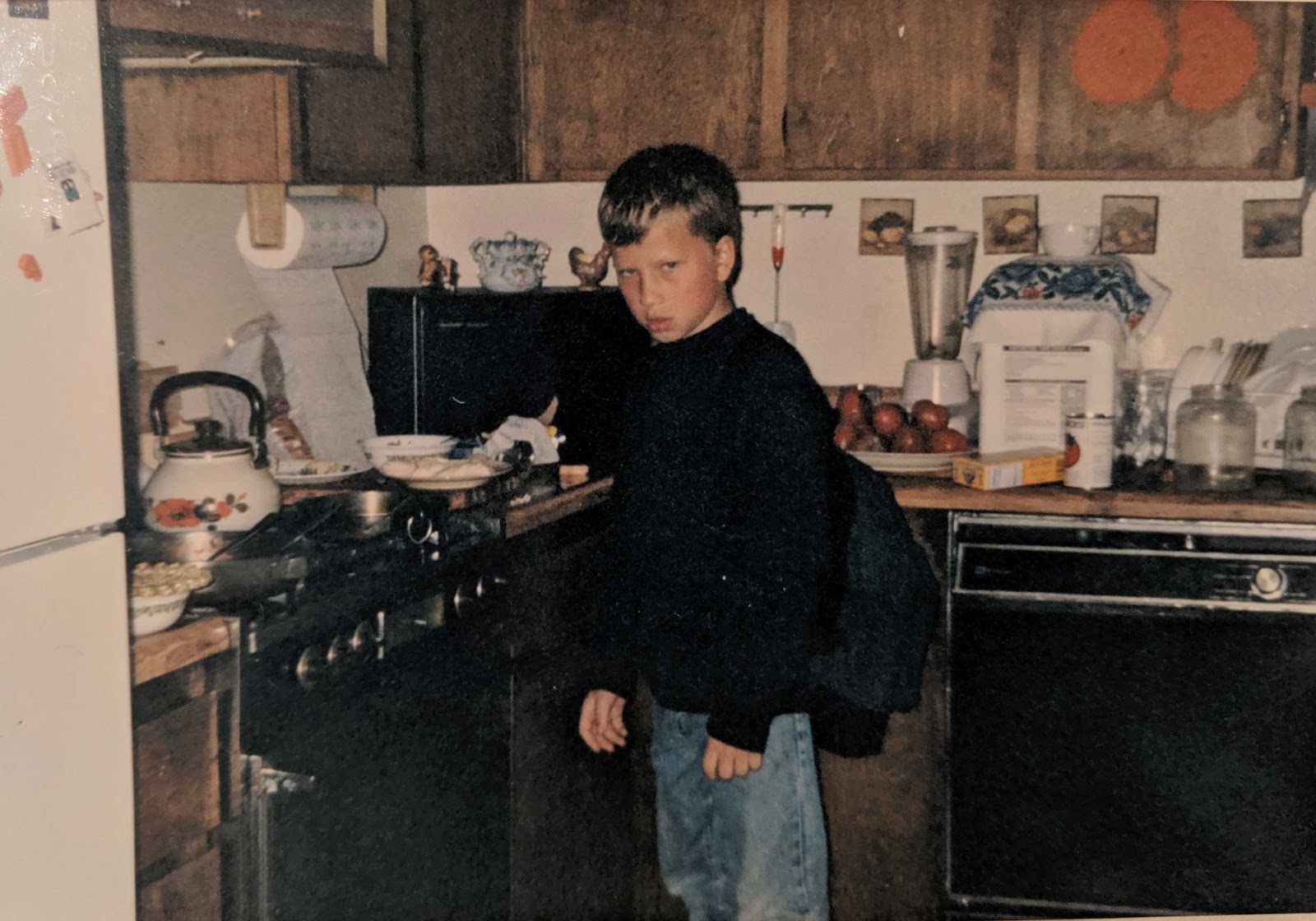
*awkward pause*
(Laughs)
I was 19 or 20.
What were the greatest challenges you faced as a freelancer?
Honestly, it was the whole feast-or-famine situation. Either I had a ton of clients at the same time and faced time-management challenges, or I just didn't have any work.
I think that's the main reason I got a full-time job — freelancing wasn’t enough for a steady income. I would avoid taking on new clients when I was busy, but that's exactly when I needed to line up future clients to generate a constant stream.
One of the biggest challenges with freelancing was consistency and stability. By the time projects are over, you get desperate. You need that next project and you can't be selective about the kind of project you take on next because you need whatever pays.
The work became overwhelming and I had to hire other contractors to help me finish the work. And that's actually why I started working with my brother and Webflow co-founder, Sergie. He was still a student and I would send jobs his way and he would do the same for me, which made things a lot easier.
Since you brought up Sergie … how did your freelance experience inspire you to create Webflow?
When Sergie and I teamed up, the company was already called Webflow. It was just Webflow LLC so that if clients sued me, they couldn’t go after my kids’ college fund … which was non-existent.
So the entity was already there, but as we started working more and more together, I would set up Wordpress, Joomla, and Drupal for every project while Sergie did the unique work. Translating design into code became really tedious. On launch, we’d have all these new problems — a client would request a change or they need a new extension, and we’d constantly be patching things up.
Webflow came out of asking ourselves how we could allow Sergie to use his creativity and automate the implementation work I was doing. In the early days, it was about being a more effective and competitive agency, but it became obvious that our solution could benefit a lot of people and shift our agency to a product company. So, we made a decision to go all-in, quit our jobs, and secure funding to build the actual product — which is now Webflow.
How did your freelance career set you up for success when you decided to fully invest in Webflow?
Learning time management and the accountability of working with another person helped us run the agency and found Webflow. That accountability came pretty naturally once we started working on Webflow full-time. It’s harder to procrastinate by cleaning your office or organizing your entire dropbox folder for the 15th time when you’re sitting next to someone.
Our experience as freelancers and building websites was paramount to understanding what was important to build into the product. And it was almost like a cheat code — we didn’t need to do a lot of customer validation or interviews because we were the customers we were building for.
It hard to see that the challenges you face are shared by other freelancers. How did this inform your approach to building Webflow’s product?
First of all, we had no idea what to charge — and we had no data on what other designers and agencies were charging. I don’t remember resources or blog posts about valuing your work and charging for that value.
In fact, all the signals we got were negative — we’d pitch a client and they’d tell us they received a lower pitch. So that was our only data point, and we didn’t even know if it was real. We’d undercut our prices to get clients and be more competitive. We didn’t have many role models to help direct us and we believed we needed the client more than the client needed us. And because we needed to make money, in a way, it was true.
This challenge of not knowing what other freelancers were doing or struggling with also informed how we created the product. We focused on what we knew — that if you deliver a website to a client without writing code, it would be just as valuable as if you’d created the site by writing code.
I got pretty lucky after taking a job at another agency and happened to see one of their client invoices — it was much bigger than ours. The agency had clients like Apple and HP, and they were charging hundreds of thousands of dollars. That confirmed that the work is valuable and helped me recognize that larger agencies have art directors and this crazy hosting infrastructure. And there was the whole value add of UX architecture and prototyping, etc. It gave me an idea about the value of the work even though it didn’t apply to me directly.
I wish more freelancers had this insight and mentorship from more established freelancers with more client experience who can teach them about valuing their work correctly, protecting their time, learning how to negotiate better, and so on. There are more examples and resources these days, but it's still tough.



















Grow your freelance business
Take on more clients and build websites faster. Webflow empowers freelancers to design and deliver with confidence, while keeping full creative control.
The course addresses this, but what advice you have for pricing your work as a freelancer?
Ultimately you want to get to a point where you’re pricing by value. For example, if you create a logo, it might take you literally 20 minutes, but the value that the logo has to a business is incredible — it’s the foundation of their brand. The best logo designers charge by value instead of by the hour.
As a freelancer, you have to present that value up-front: that you’ll get the work done sooner and faster. Reduce the incentive for your potential client to get the work done in-house. Sell your service(s) and value as a function of the value it brings to the client — it’s a win-win. It’s easy for a client to justify a $10,000 website when they know it will bring in at least $20,000 in sales.
If you’re just starting out, you might price your work by the hour. No pricing model is perfect. Sometimes you negotiate a specific price based on the agreed-upon value, and then when you actually start the work on that project, you realize there’s a lot more work than you thought. It can also be the reverse — where it’s surprising how few hours it took to deliver something of great value.
When it comes to pricing, you can also tell when you’re working with a good client because they respect freelancers who stand up for what they believe in and for the value of their work. A lot of clients push boundaries, especially when it comes to pricing.
It’s your job as a freelancer to stand up for your work and set boundaries. And doing so leads to a deeper relationship between you and your client — a mutual understanding of the value you bring to the client and their business.
Having those conversations requires candor, negotiation, being clear and direct, and good boundaries.
And that’s difficult, I imagine when it comes to saying no to clients unwilling to pay you what you feel you deserve.
Yes — and this comes down to the 80/20 rule. Sometimes a client gives you 20% of your revenue and is the root of 80% of your problems. I’ve begrudgingly compromised on my price and regretted it the entire time. I was never sure I’d get paid.
We talk a lot about pricing, saying no to free work, and valuing your work as a freelancer in the course. These topics differentiate the course from others we've created in that it’s not focused specifically on Webflow. Why did you and your team choose to invest in this course?
Freelancers are the foundation of our company. We started as freelancers, most of our customers are freelancers, and Webflow was designed and is used by freelancers – especially those who come in with a no-code background. Webflow is a fundamentally empowering technology that takes those freelancers from not being able to practice the entire trade of web design and web development to being able to do that.
As a company, we believe that by inspiring more people to be in control of their own destiny, they can start their own business, agency, or solo venture and make something that solves a problem for their clients.
We want this course to inspire more people to take that first leap. The web is the most powerful medium and a lot of creatives don't have access to it. It's hard to make something of your own without a developer. We see all this untapped potential on this large, powerful medium that’s mostly used by developers and people who know how to code. We believe there are a lot more creative people who can build on the web if they have the right tools.
We want creatives to chart their own destiny, create their own business, get their own clients, and most importantly, do the work they love doing. And this course — which covers everything from landing clients to negotiating, to doing the actual work — will help get them there.
And, of course, we want people to use Webflow and be successful with it. If that is a result of this course — great. If people take the course and are inspired to become freelancers and start using Webflow, that’s also great. If people learn something that benefits them and Webflow isn’t for them, we’re still super happy to offer new, helpful information.
How do you think this new course fits into the dual missions of Webflow? And can you talk about those two missions?
Webflow has two side-by-side missions. One is to empower everyone to create software without code. The second is to create the kind of company where each individual team member can live an impactful and fulfilling life. And for us, this freelancer course aims to empower everyone — anyone that wants to build for the web can build something meaningful.
They can learn how to take advantage of the web and literally create something the entire world can see, thanks to the power of the internet. It’s about empowerment and democratization. It’s about taking a skill that’s currently performed by 1 of every 400 people and bringing that power to anyone who wants it.
Our other mission is around creating something fulfilling and impactful — not only for our team but for our community. We want everyone in the Webflow community to feel like the kind of work they’re doing is fulfilling. And, as a creative person, it sounds more fulfilling to be able to work on creative projects and create solutions for potential clients. We want to offer more options and empower people to pursue their dreams and create what they want to create.
A few team members at Webflow have either been freelancers or are still freelancing on the side. Contributing to this course has been meaningful work for them. What’s your vision for the future of freelance web designers?
I want to see more power in the hands of individuals. It shouldn't take an entire company of people to create any product or get an idea off the ground. There are so many people who want to create an app, a solution, a product or service, a social network, or whatever it may be. And because the barrier to entry is so high, you have to form a company. You have to find developers or go to a bootcamp to learn that stuff. And it takes months, if not years, to build a set of skills and a team of people to make that dream a reality.
The future of design, whether it's web design or application design, is going to be driven by individuals who have an idea and the tools to create it themselves. This is where applications like Webflow really come into play — they boil down the complexity of creating for the web into something that's a lot more human, relatable, understandable, and easier to learn. The barrier to entry has been squashed.
We’re seeing more awesome products and creations than ever before. And that’s exciting!
Do you have advice for freelance web designers out there — other than to find a dentist who's going to pay them a lot of money to increase their rates?
Use Webflow. (Laughs)
I return to the idea of valuing your work. It’s easy to get into the habit of devaluing your own work — my default was to assume that what I was creating wasn't good enough. The most successful freelancers know the value of what they bring to the table.
Imposter syndrome is something we all deal with. When you're pitching a project that’s more than you think somebody is willing to pay, remember that you wouldn’t even be talking to this client if they didn't need the value you bring.
So believe in yourself and stand up for the value you bring. You’ll make more money, be more selective with clients, and build higher-value projects.


